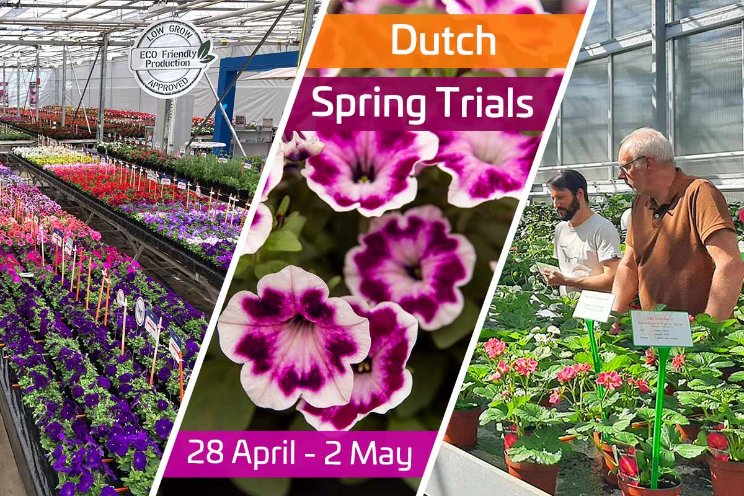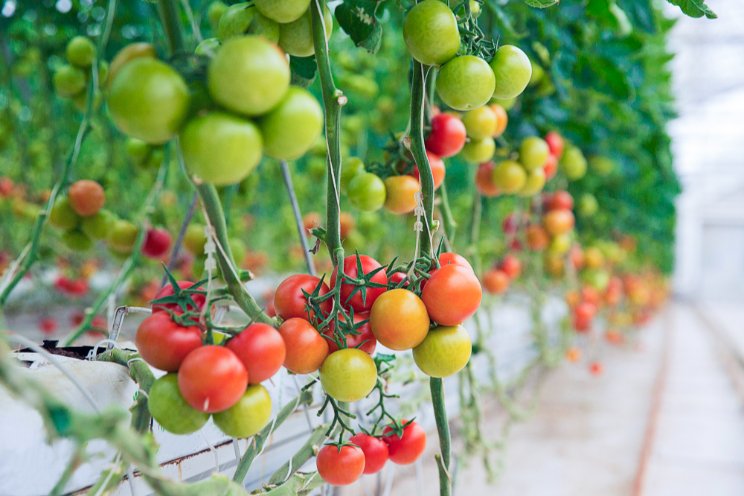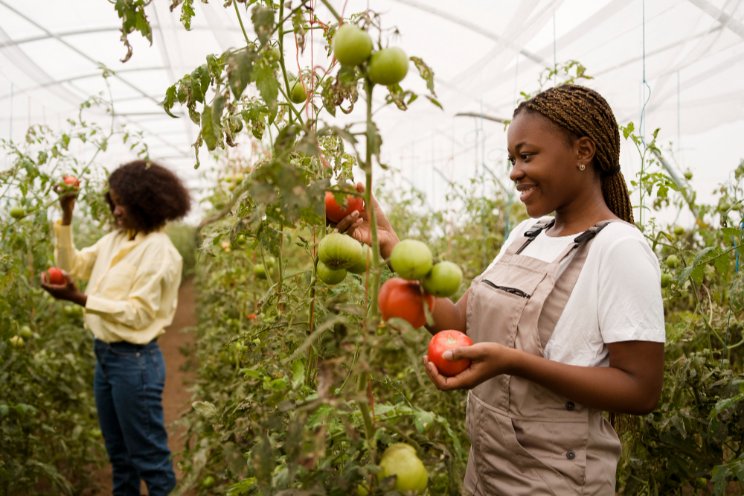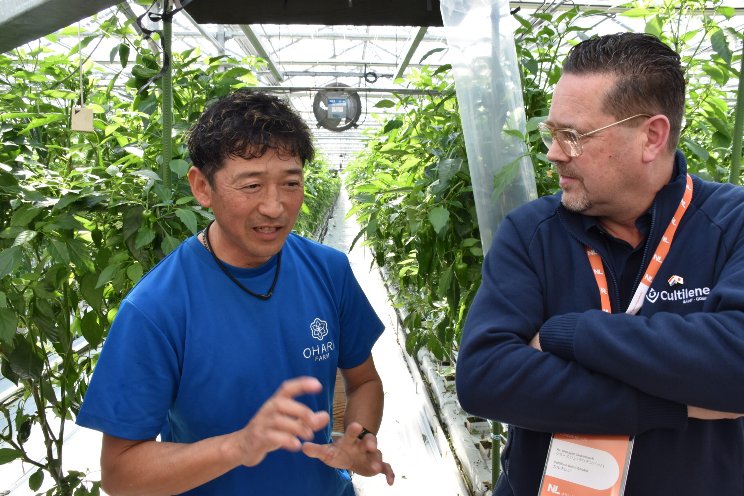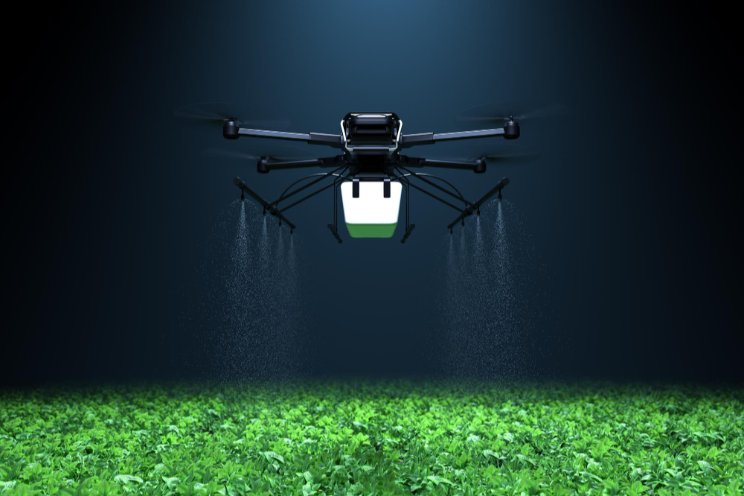Autonomous Greenhouse Challenge 3rd Edition
Added on 08 March 2021
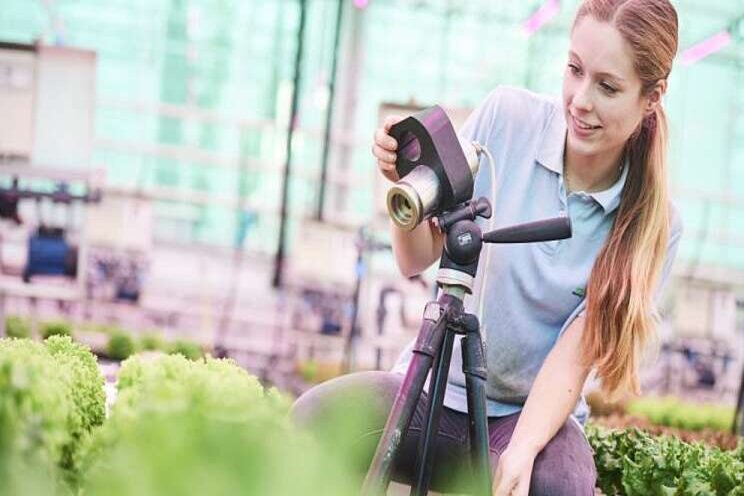
In 2021/22 we will organise the 3rd International Challenge to sustainably grow vegetables in greenhouses by different international teams via fully automated control with the use of AI. This year's crop will be lettuce. And this time, it must be fully autonomous!
A first and second edition of the Autonomous Greenhouse Challenge have been carried out at Wageningen University & Research, The Netherlands, in 2018-2020, sponsored by Tencent and David Wallerstein (CXO Tencent). During these editions we have shown that artificial intelligence can potentially be superior to human intelligence, hence can potentially control indoor farming in the future. In the first challenge one AI team was outperforming the human-operated greenhouse in terms of net profit, in growing a cucumber crop during a 4-months period. In the second challenge all AI teams were outperforming the reference growers, in growing a cherry tomato crop during a 6-months period. However, all teams were still using humans in their decision-making. The algorithms were partly supervised by expert knowledge and the greenhouse staff was essential in providing quantified feedback on different crop growth parameters. The goal of the third challenge will be fully automated control.

Why autonomous greenhouses?
A greenhouse production system is complex, many different factors influence vegetable growth (light, temperature, humidity, CO2, water, nutrients etc.) and resource usage (energy, water etc.), while pest and diseases can inhibit crop growth. The latter can be influenced by various operational and strategic crop management decisions (crop density, pruning and harvest strategies etc.). A grower has to decide on the right setpoints for all parameters at every moment. Interaction of multiple states, control of multiple actuators towards desired control (ventilation, heating, cooling, dehumidification, fogging, shading, artificial lighting, crop management actions etc.), scouting for pests and diseases and release of predators or precision spraying are among the decisions to be made.
A well-educated and very experienced grower can oversee most aspects of the system. However, such growers are scarce worldwide. In order to feed a growing number of people in the future with a vitamin rich diet, new and fully automated production systems need to be developed that can be operated by less experienced growers and also by non-agricultural investors.
We assume that artificial intelligence, well-chosen machine learning and computer vision algorithms can optimize such a complex greenhouse crop production system. Novel insights in plant physiology from the interaction of all the growing parameters, innovations in sensing technology and intelligent interpretation of sensor signals can boost productivity while minimising resource use at the same time. The third challenge has one target: must be a fully automated remote control.
This project is an important step towards computer operated greenhouses to better feed the world with healthy products and make optimum use of inputs/resources like energy and water.
The set-up
The challenge will be set up in three main phases:
1. Online Challenge - Recruitment of AI teams and scouting of talents
2. Hackathon - Pre-selection of 5 teams for greenhouse growing experiment @WUR Bleiswijk
3. Greenhouse growing experiment - Remotely @WUR Bleiswijk
Online Challenge - Recruitment of AI teams and scouting of talents
In order to boost the participation of the AI community, an Online Challenge will be organized. The goal will be to invite the AI community interested in AI for horticulture and to motivate them in participating in the Hackathon and Greenhouse Growing Challenge.
It will not be necessary to participate in the Online Challenge to be eligible for participation in the Hackthon. However, it is advisable, since we will use the Online Challenge for scouting of talents. Participating teams will not only have a chance for a price and a wild card for the Greenhouse Growing Experiment, but also the possibility to exercise for the Hackathon.
We believe the following expertise from AI community is needed towards fully autonomous crop control: Machine learning skills and Computer vision skills. Machine learning skills will be tested in the interaction with a lettuce growing simulator. The simulator will consist of a simple greenhouse climate and crop production model that will be provided. Computer Vision skills will be tested on real lettuce images. A series of annotated images will be provided as training dataset.

Participants Hackathon 2nd Autonomous Greenhouse Challenge
Hackathon @WUR Bleiswijk - Preselection of teams
Comparable to the first and second edition of the Autonomous Greenhouse Challenge, a selection process (24-hours Hackathon, physical gathering @WUR Bleiswijk, if possible) will be organized. The aim of the 24-hours Hackathon event is to select up to 5 teams for the real Greenhouse Growing Experiment.
Other aims are, to connect participants form AI and horticulture and different cultural backgrounds, to exchange knowledge and stimulate interaction. AI skills will be tested by producing a greenhouse lettuce crop virtually.
During the Hackathon teams will be scored based on pre-defined criteria (e.g. goal could be maximum net profit). Next to that, teams will have to present themselves and pitch their AI approach in front of an international jury. The jury will consist of international experts well-known in horticulture and AI. Teams will have to develop their own AI to fulfil the goal of the Hackathon and for evaluation by the jury. The 5 teams with the highest scores will win access to the Greenhouse Growing Experiment.
The greenhouse growing experiment
In a practical greenhouse growing experiment, the 5 best scoring teams will grow a lettuce crop in two crop cycles of 6-8 weeks in 5 greenhouse compartments at WUR Bleiswijk fully autonomously.
Wageningen University & Research (WUR Bleiswijk) has a unique high-tech greenhouse facility with identical small (96 m2) compartments. All compartments have different actuators to control the inside growing conditions. Main actuators are: ventilation windows, 2 heating systems, 2 shading systems, artificial lighting, fogging for humidification, water input, nutrient mixture, CO2 input. All compartments are equipped with standard sensors to control the actuators through a standard greenhouse climate computer. Main sensors are: temperature, humidity, CO2, PAR light, pH and EC of fertigation water and simple RGB camera's. All data measured and all control actions taken are available through a data interface.
Each team will have access to one compartment with its standard sensors installed (see above). Each team will be allowed to install additional sensors high resolution RGB, hyperspectral or thermal camera's to monitor crop growth or any other sensors which they consider useful, before the experiment starts. No human measurements of crop parameters will be provided by the organizers, apart from measuring final harvest. The teams will have access to all relevant data via a data interface from their own compartment. The teams will have to develop fully autonomous algorithms and submit them to the organizers before the start of the second crop cycle experiment. These algorithms should be able to make choices with respect to the control settings, to remotely control crop growth. Each team will be able to extract necessary data from the greenhouse compartment and couple it to their own fully autonomous algorithms in order to decide on the control settings for the next period. The control settings will have to be sent back automatically to the system (the greenhouse climate computer) in order to control the actuators automatically. Only the second crop cycle will count. The winner will be the team with the highest net profit at the end.

Source and Photo Courtesy of Wageningen University & Research
Source: Wageningen University & Research
More news
